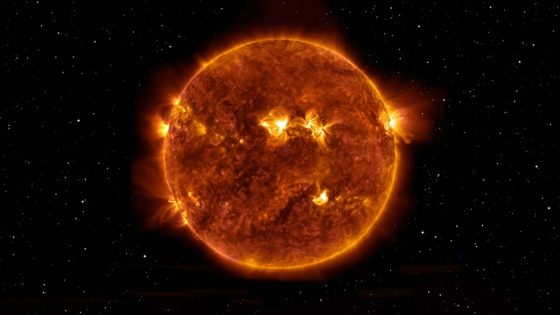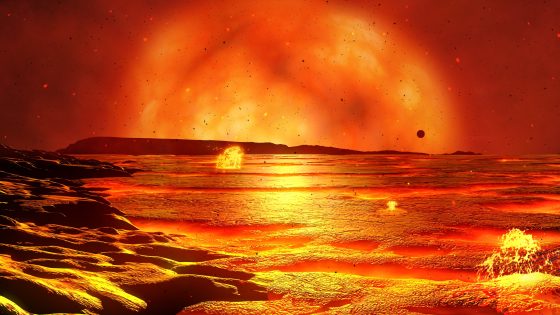A groundbreaking study from NASA’s Parker Solar Probe reveals a significant discovery regarding the Sun’s atmosphere, highlighting the presence of a “helicity barrier.” This finding could reshape our understanding of solar dynamics and the coronal heating problem.
- Parker Solar Probe reveals "helicity barrier"
- Coronal heating problem remains a mystery
- Solar corona hotter than solar surface
- Turbulence and magnetic waves theories explored
- Helicity barrier links heating theories together
- Study impacts understanding of solar wind
Launched in 2018, the Parker Solar Probe has made remarkable progress, completing its 24th close approach to the Sun on June 25, 2025, while achieving a record speed of 692,000 kilometers per hour. This mission aims to unlock the mysteries of the solar wind and the unexpected temperature gradient between the solar surface and the corona.
Why is the corona, the Sun’s outer atmosphere, hotter than its surface? This question has puzzled scientists for decades and is central to the study of solar physics.
This research raises intriguing questions about solar physics. How can the corona reach temperatures exceeding 3.5 million °F, while the surface remains cooler? The helicity barrier may provide answers by influencing energy flow in the Sun’s atmosphere. Key points include:
- The helicity barrier acts like a dam, altering turbulent dissipation.
- It links theories of turbulence and magnetic waves to explain coronal heating.
- Evidence from the Parker Solar Probe supports its existence under specific conditions.
As research continues, the implications of the helicity barrier could extend beyond our Sun, offering insights into other stars and cosmic phenomena. The future of solar science looks promising.

































